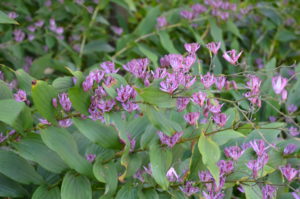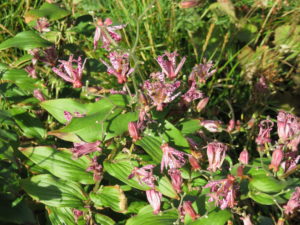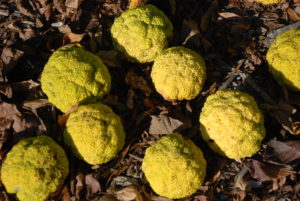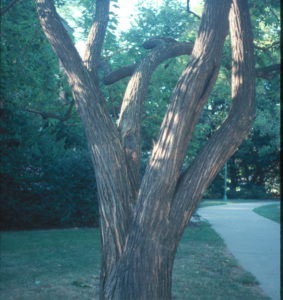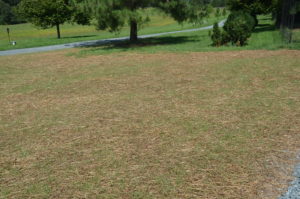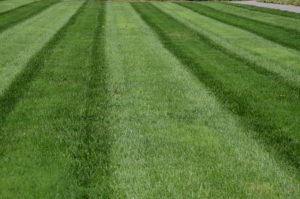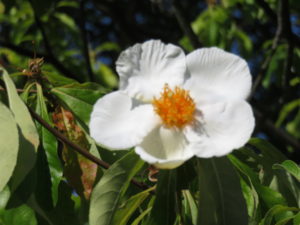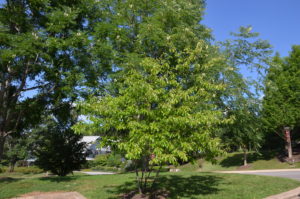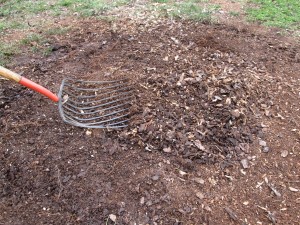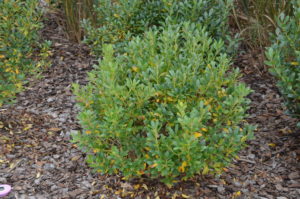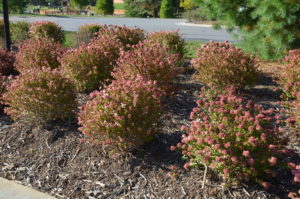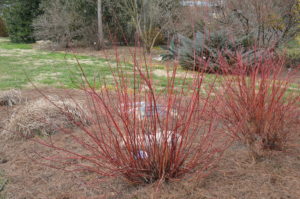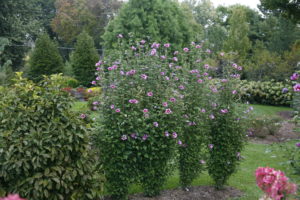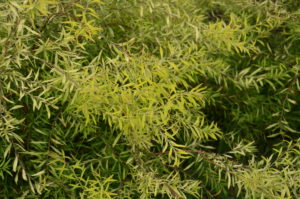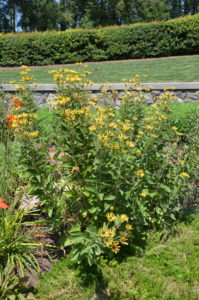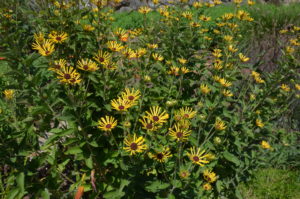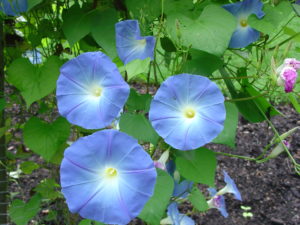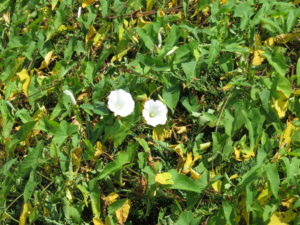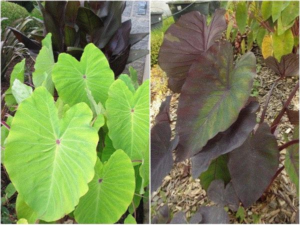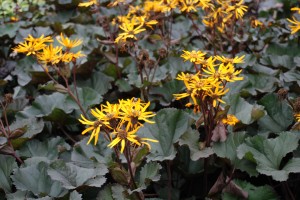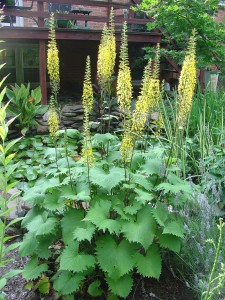Toadlilies (Tricyrtis spp.) are late season flowering perennials in the shade garden. Most perennials have finished blooming as their flower buds are forming. They’re native to moist woodsy environs of India, China and Japan and are Botanical members of the lily (Lilaceae) family (USDA hardiness zones 4-9). When properly sited, toadlilies are long-lived and require little care.
The plant name – “toad lily” – refers to the speckled flower colors. Flowers are borne in the axils of the leaves. Depending on species, plants grow 1 ½ to 3 feet high. Funnel shaped orchid-like flowers come in an array of spotted colors and are either star or bell shaped.
Toadlilies prefer part to full shade, and moist compost-rich garden soil. Under ideal conditions plants need little or no fertilizing. Plants should be protected from the wind particularly in hotter areas of the U.S. Otherwise, feed plants lightly once or twice during the summer with water soluble fertilizers such as Miracle-Gro™, Jack’s™, or Nature’s Source™. Mulching keeps the soil moist and suppresses weeds. Divide roots of the toadlilies in early spring and space new plants 18-24 inches apart.
Toadlilies live mostly untroubled by disease or pests. Anthracnose leaf spotting may pop up in wet summers. If so, clean up all leaf debris and discard in late winter. Deer may or not eat toad lilies? Rabbits can also be troublesome. Varieties with hairy foliage tend to repel critters.
Two species of toad lilies, T. hirta and T. formosana are currently most popular, Two species of toad lilies, T. hirta and T. formosana are currently most popular; they produce abundant purple-and-white blooms on 36 – 40 inch stems. Many new hybrid forms are finding their way into garden centers. ‘Miyazaki’ hybrids are known for their superior flowering, vigorous growth, hardiness, and disease resistance. T. hirta ‘Miyazaki Gold’ has gold-edged green leaves and ‘Moonlight’ has entirely golden leaves. T. macropoda ‘Sinonome’ and ‘Tojen’ has dark green foliage and lavender and white flowers; ‘Lightning Strike’ displays green and gold leaves and speckled flowers on arching stems.

